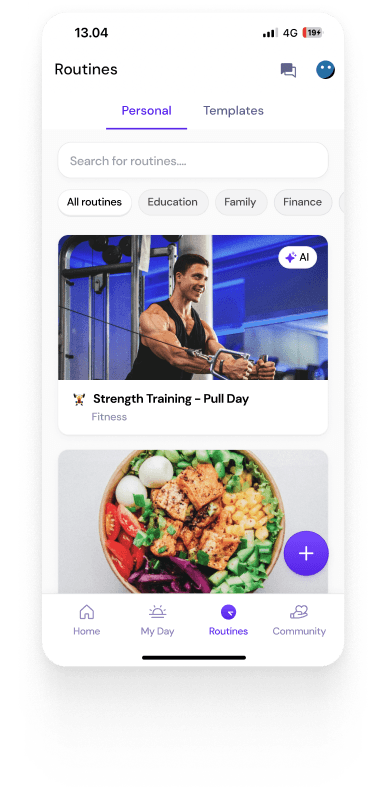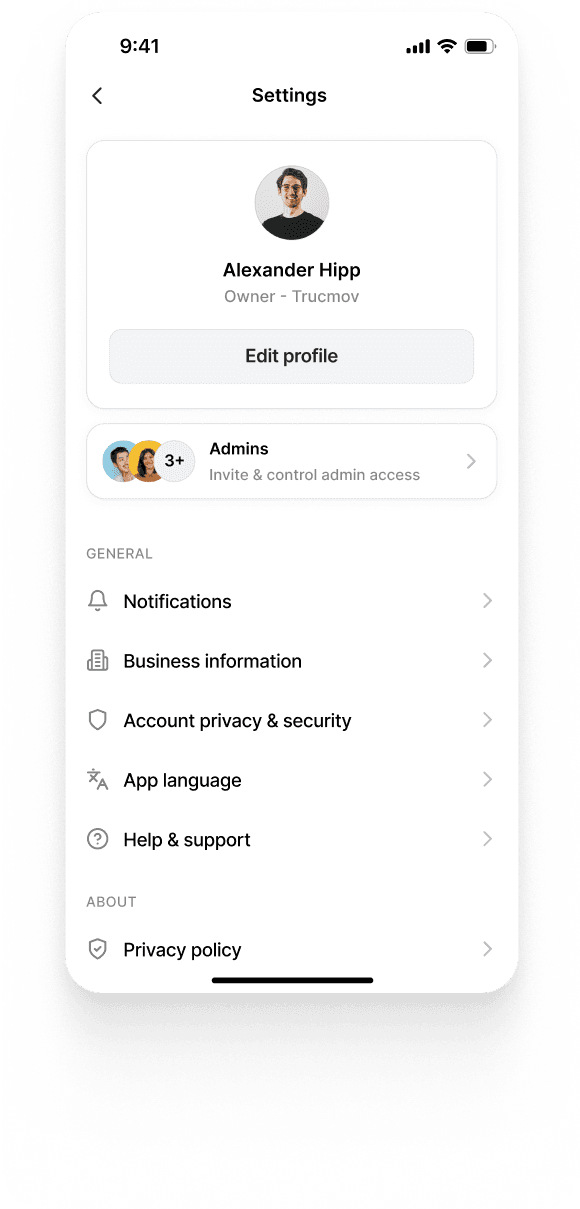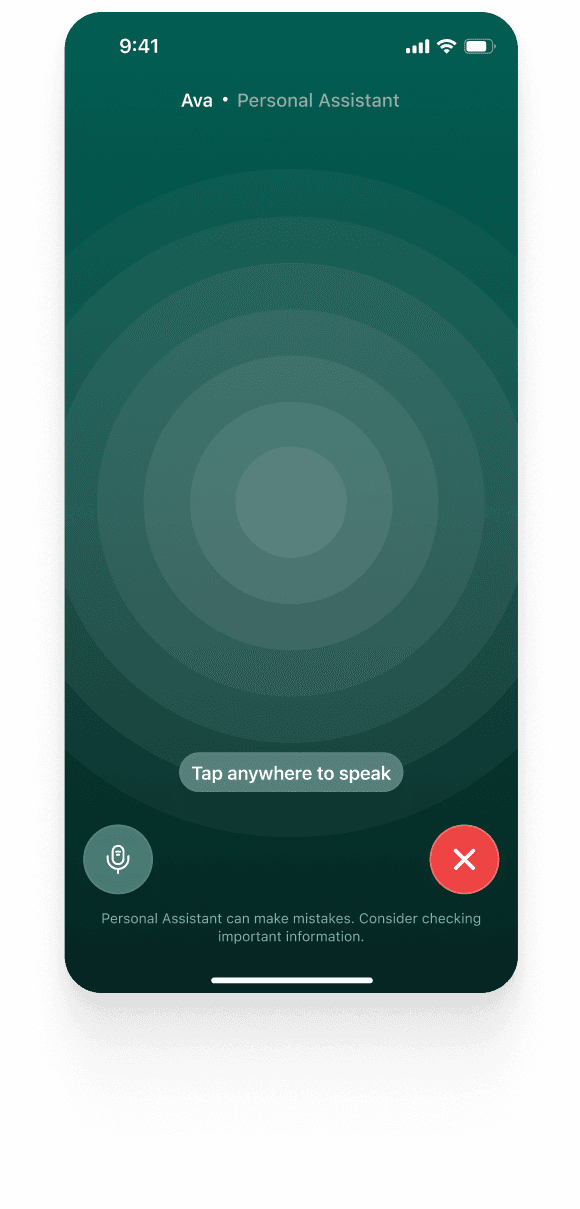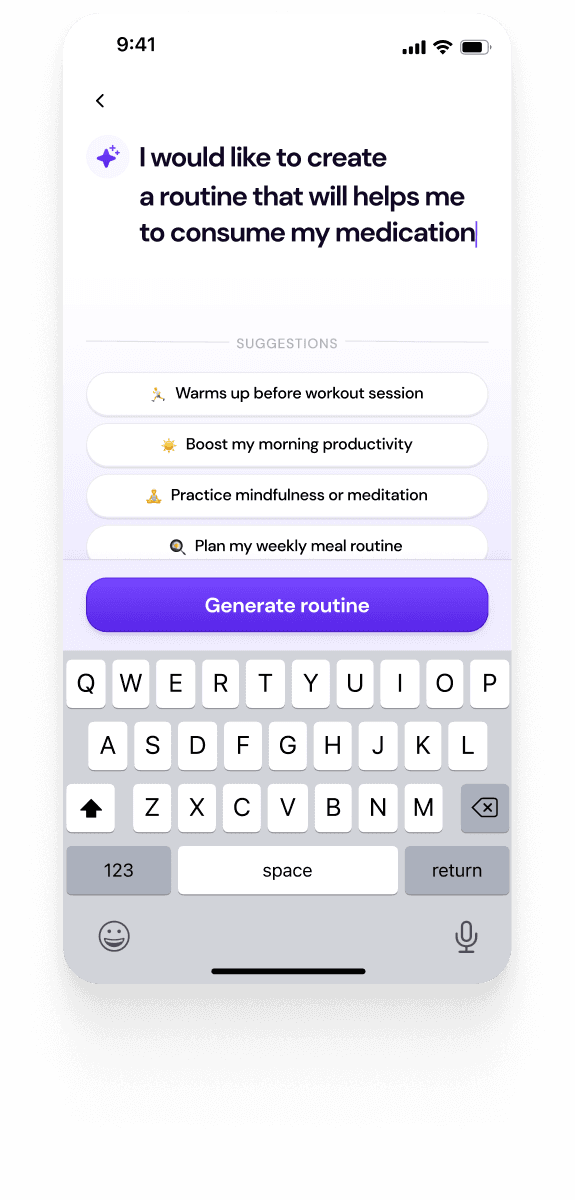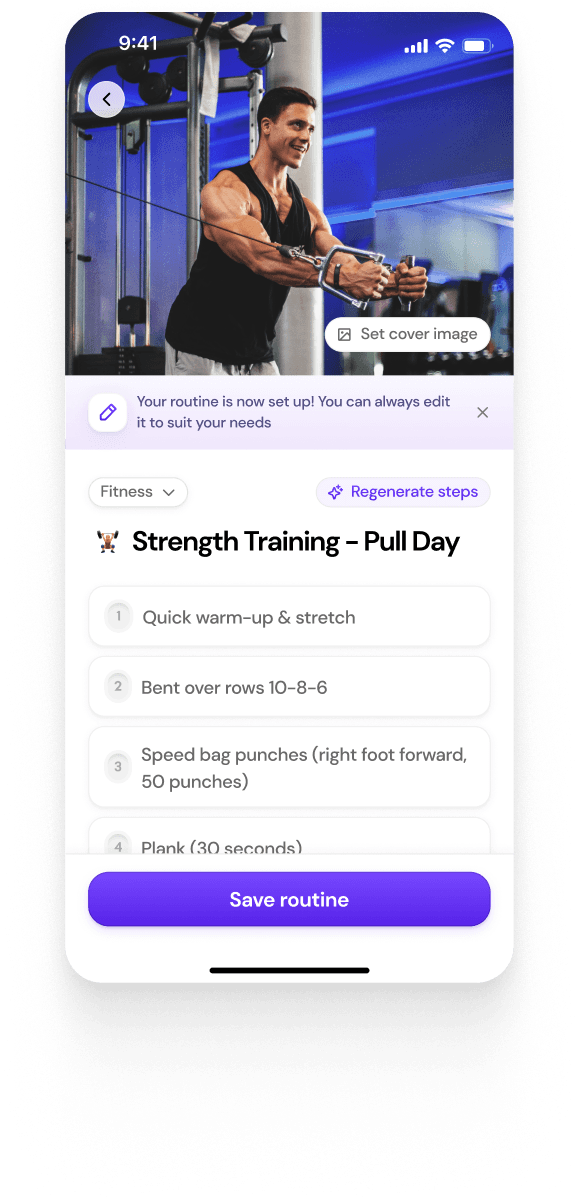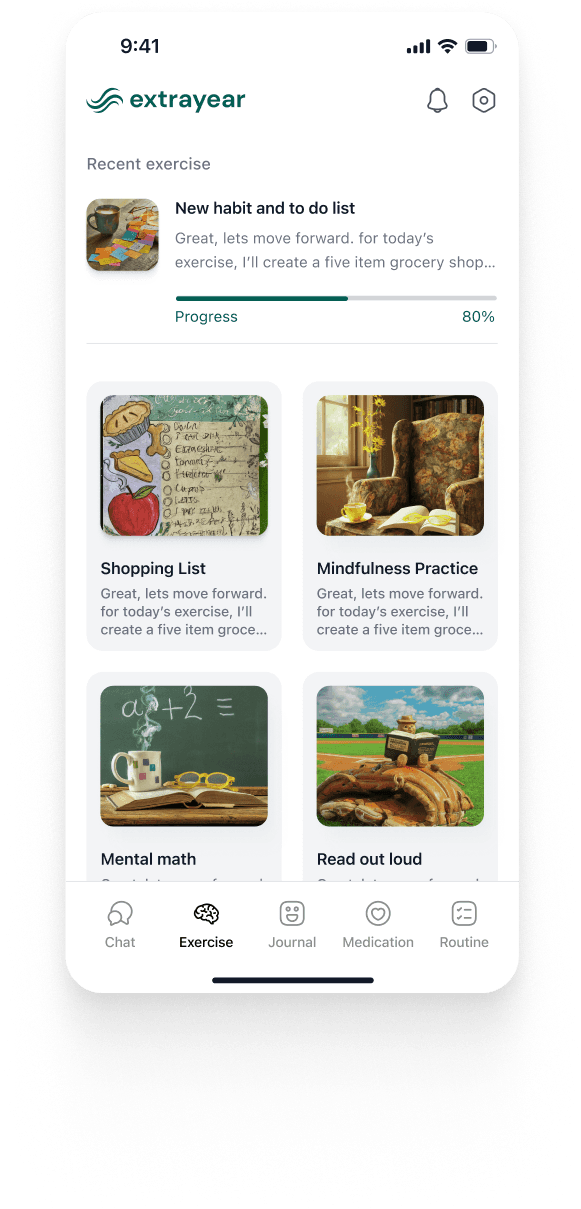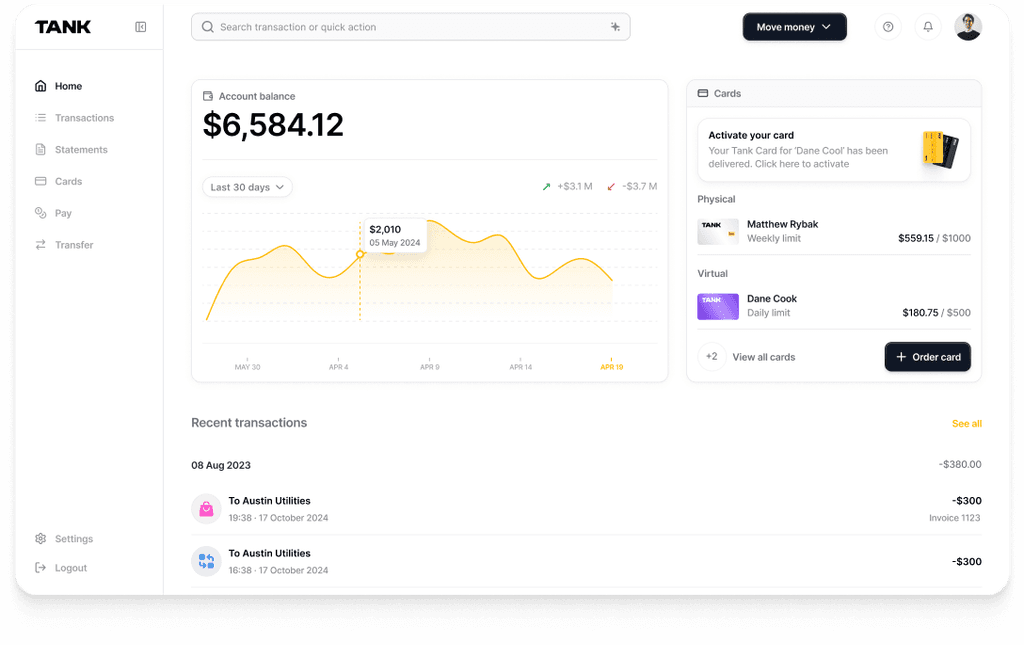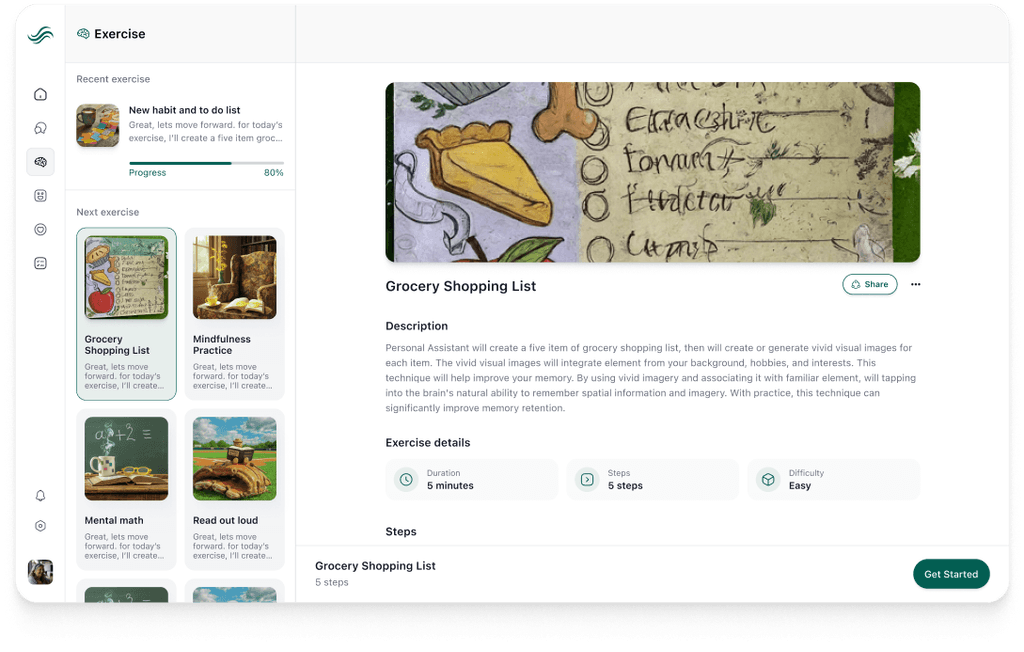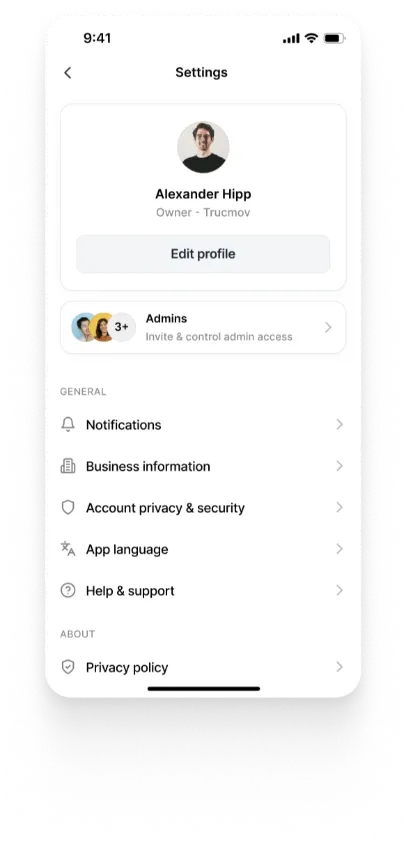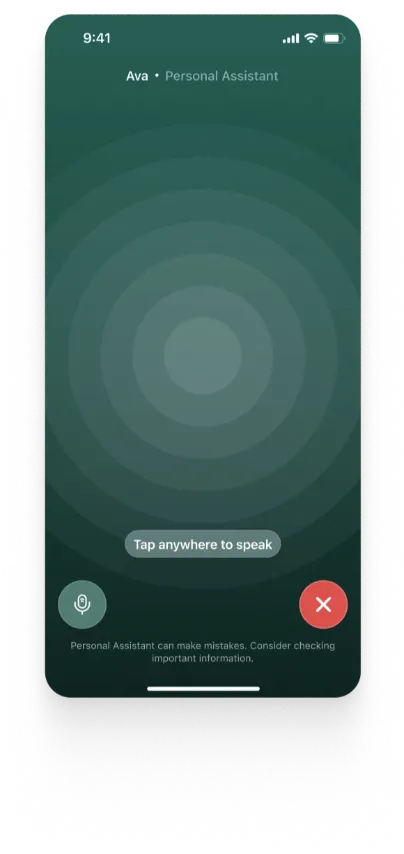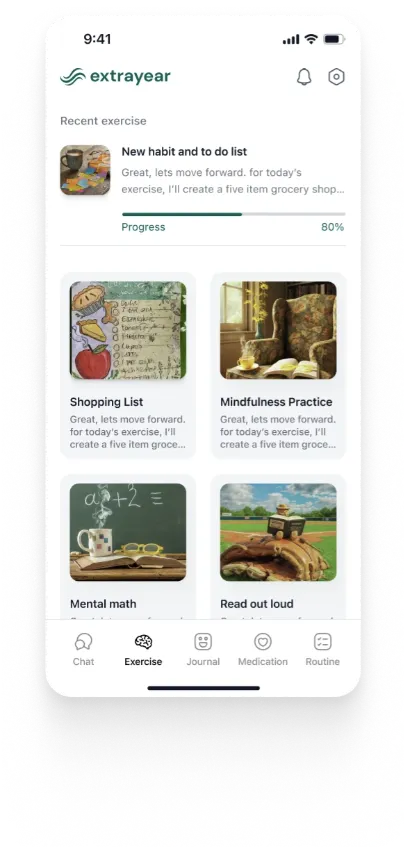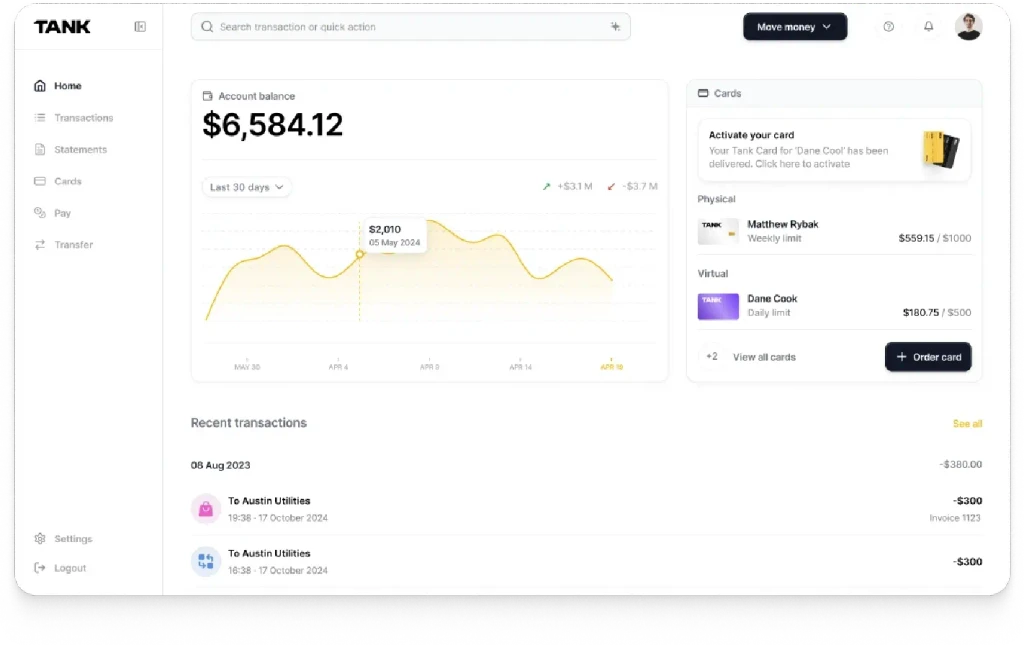Introducing BioGPT by Microsoft
Summary
Microsoft has introduced BioGPT, an advanced language model trained on biological data from PubMed. With 357 million parameters, it excels in tasks like text generation, question answering, and document classification. BioGPT has significant potential in drug discovery, genetic research, precision medicine, bioengineering, and environmental monitoring.
Key insights:
Training Data: BioGPT is trained using 15 million biomedical articles from PubMed.
Technology: Utilizes Nvidia V100 GPUs for pre-training and fine-tuning.
Applications: Effective in drug discovery, genetic research, precision medicine, bioengineering, and environmental monitoring.
Advancements: Generates detailed descriptions of biological processes, aiding in biotechnology research and development.
Impact: BioGPT could revolutionize language technology in biotechnology, leading to significant breakthroughs.
Introduction
Microsoft has taken the AI war up a notch by introducing BioGPT, an innovative approach to creating more advanced and sophisticated language models. This approach is based on the same principles as OpenAI's GPT-3 model, but with a key difference: BioGPT uses biological data to train the language model.
BioGPT was trained by the Microsoft research team using domain-specific data exclusively, which involved gathering articles from PubMed - a text-based meta-database consisting of biomedical articles published in English before 2021.
The collection resulted in a total of 15 million content pieces comprising abstracts and titles, which were then utilized for BioGPT's training. During the pre-training phase, the research team utilized eight Nvidia V100 GPUs for 200,000 steps, and subsequently performed fine-tuning with a single Nvidia V100 GPU for 32 steps.
The pre-trained model, based on GPT-2, contained 357 million parameters and was then refined for various downstream tasks, such as end-to-end relation extraction, text generation, question answering, and document classification.
In this article, we will briefly explore what BioGPT is, how it works, and how it can potentially be used.
What is BioGPT?
Biogpt is a language model developed by OpenAI that uses biological data to improve its performance. The BioGPT model is based on the same principles as the original GPT-3 model, which uses deep learning algorithms to generate human-like text.
However, as stated earlier, BioGPT takes this a step further by using real biological data, such as gene sequences, to train the model.
How does BioGPT work?
BioGPT works by training a language model on a large dataset of biological data, such as DNA sequences or protein structures. The model then uses this data to generate new sequences of text, which can be used for a variety of purposes, such as drug discovery or genetic research.
One of the key benefits of BioGPT is that it can generate highly accurate and detailed descriptions of biological processes and structures. This can be especially useful in the field of biotechnology, where researchers need to understand complex biological processes in order to develop new treatments or therapies.
Potential Uses of BioGPT:
Drug Discovery
BioGPT can be used to generate highly accurate and detailed descriptions of biological processes, which can be used to develop new drugs and treatments.
By analyzing gene sequences and other biological data, BioGPT can help researchers identify new drug targets and design more effective treatments.
Genetic Research
BioGPT can be used to analyze large datasets of genetic information, such as gene sequences and protein structures. This can help researchers understand the underlying genetic mechanisms behind diseases and genetic disorders, and develop new therapies to treat them.
Precision Medicine
BioGPT can be used to generate personalized treatment plans based on an individual's genetic makeup. By analyzing gene sequences and other biological data, BioGPT can help doctors and researchers identify the best treatment options for individual patients.
Bioengineering
BioGPT can be used to design new biological systems and structures, such as synthetic proteins or microbial communities. By generating highly accurate and detailed descriptions of biological processes, BioGPTcan help researchers design more effective and efficient biological systems.
Environmental Monitoring
BioGPT can be used to monitor and analyze environmental data, such as water quality and air pollution. By analyzing biological data from environmental samples, BioGPT can help researchers identify the underlying causes of environmental problems and develop more effective solutions.
Future
BioGPT has the potential to revolutionize the field of language technology, particularly in the field of biotechnology. By using real biological data to train the model, BioGPT can generate highly accurate and detailed descriptions of biological processes and structures.
This could lead to new breakthroughs in drug discovery, genetic research, and other areas of biotechnology. Overall, BioGPT represents a significant step forward in the development of language technology.













